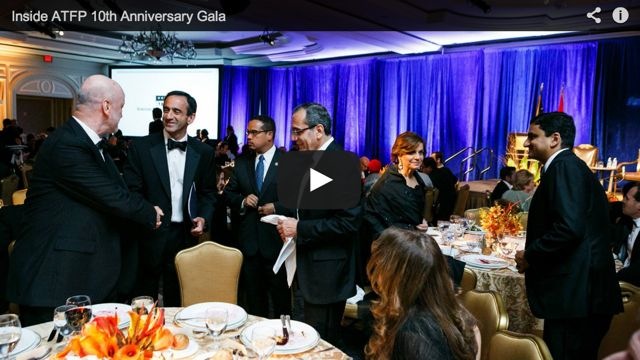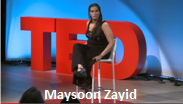Following leadership changes in the United States and Israel in early 2009 and the Israel-Hamas
Gaza conflict in December 2008-January 2009, the inconclusive final-status peace negotiations
that took place between Israel and the Palestine Liberation Organization (PLO) during the final
year of the Bush Administration have not resumed. Nevertheless, President Barack Obama
showed his commitment to a negotiated “two-state solution” just days after his January 2009
inauguration by appointing former Senator George Mitchell as his Special Envoy for Middle East
Peace. In September 2009, Obama convened a trilateral meeting with Israeli Prime Minister
Binyamin Netanyahu and PLO Chairman Mahmoud Abbas in New York and addressed the annual
opening session of the United Nations General Assembly. He indicated that final-status
negotiations should not be delayed further, despite the lack of resolution on preliminary issues
such as the possible freeze of Israeli settlement building in the West Bank and East Jerusalem or
the possible gradual normalization of ties between Israel and certain Arab states.
It has now been 16 years since Israel and the PLO agreed to the 1993 Oslo Accord. Yet,
differences between the sides over core issues, such as borders, security, settlements, the status of
Jerusalem, refugees, and water rights, have not been overcome, despite the third-party
involvement of various international actors—the United States, in particular.
Previously when talks have faltered, the parties eventually returned to the negotiating table. Yet
there are a number of key actors and observers expressing doubts that the very concept of a
negotiated two-state solution can survive a process in which negotiations are put on hold and
resumed an indefinite number of times without finality. These doubts have been exacerbated by
geopolitical changes and by realities on the ground—including demographics, violence,
Palestinian factionalism, Israeli settlements, and other impediments to Palestinian movement and
territorial contiguity—that sustain tensions between Israelis and Palestinians.
Decreased hope in the viability of a two-state solution has led to a willingness among some
policymakers and analysts to consider different pathways to get there—such as Palestinian
statehood prior to a final-status agreement or a “borders first” deal. It also has led to openness
among some Israelis and Palestinians to alternative solutions that are contrary to declared U.S.
policy. These alternatives, each of which is the subject of considerable debate among and between
Israelis and Palestinians, include a so-called “one-state solution,” a “Jordanian” or “regional”
option, or other, non-negotiated outcomes. Continued failure to reach a two-state solution,
combined with lack of consensus on any of the alternatives, may also mean that the status quo in
the West Bank and Gaza could continue indefinitely.
Debate continues over the proper U.S. approach to the peace process. Congress faces significant
policy challenges both with its oversight of the Obama Administration’s formulation and
implementation of policy; and on matters such as foreign aid, security assistance, Israeli
settlements, the role of Arab states, and the treatment of the militant Islamist group Hamas (a
U.S.-designated Foreign Terrorist Organization). For more information on the Israeli-Palestinian
conflict and peace process, see CRS Report RL33530, Israeli-Arab Negotiations: Background,
Conflicts, and U.S. Policy, by Carol Migdalovitz.
To download the full report please click below:
| Attachment | Size |
|---|---|
| GetTRDoc.pdf | 631.55 KB |
Congressional Research Service - January 8, 2010 - Back to Resources Page
Did we miss something?
Click here to suggest a state building resource to be added to our fast-growing archive!
















